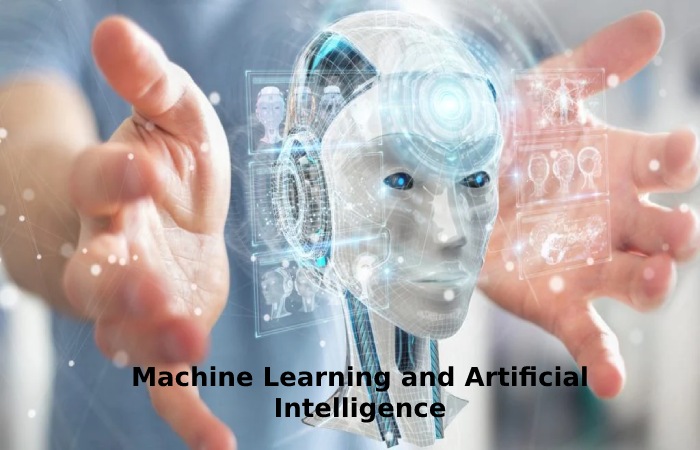Table of Contents
Introduction
Artificial intelligence (AI) has brought a real revolution in business. Digital transformation initiatives in companies will be aimed at AI, which is not for less! Since it allows you to automate initially routine tasks, shorten delivery times. Better serve the customer and provide a completely personalized service adapted to their needs.
In this article, our SES Peru team will review the reality and opportunities of these technologies in document management.
Machine Learning and Artificial Intelligence

Automatic learning or machine learning technologies have made it possible to effectively manage more significant volumes of data within organizations what was once a challenge for companies now becomes an excellent opportunity to deliver more and better results to the client.
Machine learning, wholly linked to artificial intelligence, evaluates the content of the documents. Depending on the results, is responsible for organizing, interpreting, and classifying them to make the right decisions. In this process, human intervention is less and less necessary since the systems themselves can “learn by themselves” to improve their performance or operability if necessary.
Intelligent Analysis and Organization of Documents
Artificial intelligence can help streamline and optimize processes required to manage documents within companies or organizations. It provides added value by organizing and analyzing data shorter times and generating better results.
Security and Data Protection – Artificial Intelligence
That’s how it is! Artificial intelligence tools also provide greater security in the management of data inherent to your company since they can detect which documents are confidential or have limited access, reading, for example, the words “confidential” or “private” within them and disabling their access to specific users, if necessary.
Also, thanks to artificial intelligence, facial recognition technologies, and other biometric systems are implemented, which allow viewing confidential data only to those who have the access granted, guaranteeing that the information is safe, not altered or deleted by outsiders or strangers.
Higher Quality + Less Time = Better Document Management
The classification based on the reading of documents carried out by artificial intelligence tools has made it possible to optimize processes that previously required more time and dedication from people. The same happens with everything involved in the extraction process: artificial intelligence provides greater precision and the ability to read the document, regardless of the amount of data included in it or the language in which it is written, more precisely and automated.
In this way, you can immediately obtain the information from your documents and dump it into spreadsheets or integrate it into your management system to make reports and analyzes that allow informed decision-making. An advantage that suits companies to keep up with new updates and challenge the market’s competitiveness!
Examples of Artificial Intelligence Today
Although one might think that automated robots and machines belong to the future. The reality is that there are several examples of artificial intelligence already operating in the shadow of human activity. And in many circumstances, they affect many aspects of our daily lives.
Examples of Artificial Intelligence
When one thinks of artificial intelligence examples, the most common ones that come to mind are androids from science narrative movies. However, here are two examples that are already confirm today.
1. Voice Assistants
Voice assistants like Google Home or Amazon Echo are two samples of AI already present in many homes worldwide. They are machines that use natural language processing to interpret what is told to them and so can respond to human needs, either verbally or by performing a specific action.
2. Smartphones
Smartphones are another excellent example of machines constantly using AI. Once again, we find ourselves in front of a device with a voice assistant that responds to human requests. Even if the integration of AI goes much further and is present in many actions we are unaware of. For example, when we select the portrait mode of the camera and the smartphone itself automatically corrects the photo so that we come out of it as best as possible. It is also thanks to AI.
Conclusion – Artificial Intelligence
AI imitates human intellect procedures by engines, especially computer systems. Specific applications of AI include expert systems, natural language processing, speech recognition, and machine vision.

![Artificial Intelligence in Documentary Management [2023]](https://www.webcomputertech.com/wp-content/uploads/2022/09/Artificial-Intelligence-in-Documentary-Management-1200x675.jpg)